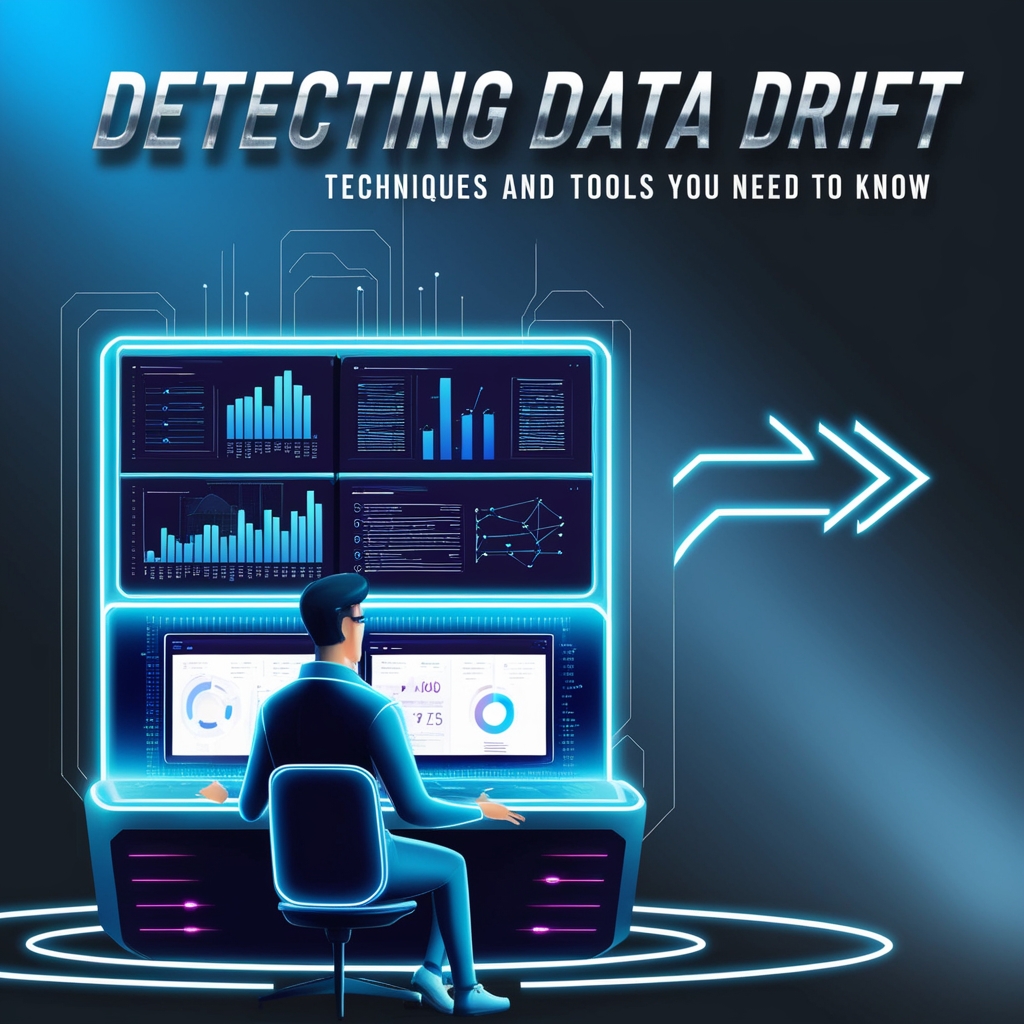Data Drift vs. Concept Drift: Understanding the Key Differences
Introduction In the world of machine learning (ML), models are trained on data that represent patterns at a specific point in time. However, real-world environments are rarely static, and over time, the distribution of data may change, causing models to become less accurate. This phenomenon is known as drift. While data drift and concept drift … Read more




